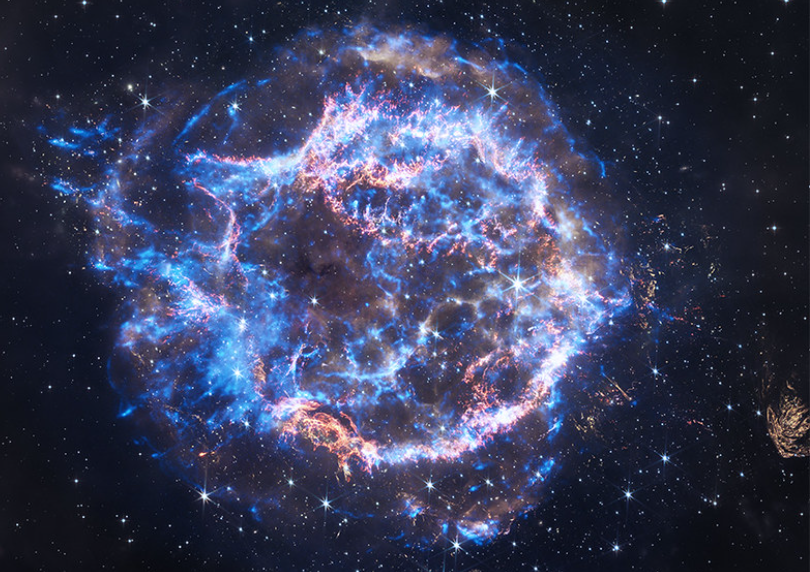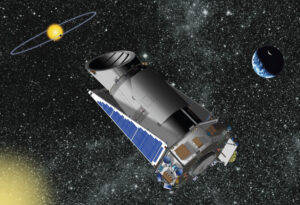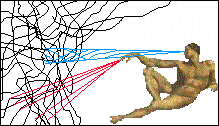
“The interaction between stellar feedback and the circumgalactic medium” from the Monthly Notices of the Royal Astronomical Society.
Overview
The article investigates the role of stellar feedback—specifically from supernovae and stellar winds—in shaping the circumgalactic medium (CGM) of galaxies. The CGM is the diffuse gas that surrounds galaxies and plays a critical role in their evolution and the broader cosmic environment. Understanding the interactions between stellar feedback and the CGM is essential for grasping how galaxies form, evolve, and regulate their star formation processes.
Key Objectives
The primary objectives of the research include:
1. Analyzing Feedback Mechanisms: To quantify how different types of stellar feedback influence the CGM’s physical properties, such as temperature, density, and spatial distribution.
2. Modeling Interactions: To use simulations to explore the dynamic interactions between stellar feedback and the surrounding gas.
3. Assessing Galactic Evolution: To understand how these interactions impact the evolution of galaxies over time.
Methodology
The researchers utilized high-resolution cosmological simulations that incorporate various stellar feedback mechanisms. These simulations allowed them to observe the effects of feedback on the CGM in a controlled environment, replicating conditions similar to those found in real galaxies.
Key Findings
1. Impact of Stellar Feedback:
– The study finds that stellar feedback significantly affects the thermal state of the CGM. Supernova explosions inject energy into the surrounding gas, leading to heating and changes in pressure.
– This feedback can create large-scale outflows of gas, which are essential for transporting material away from the galaxy and influencing future star formation.
2. Temperature and Density Variations:
– The interaction with stellar feedback leads to a highly dynamic CGM, characterized by variations in temperature and density. This can result in regions of both hot, low-density gas and colder, denser clouds, which may be conducive to future star formation.
– The simulations show that feedback processes can create a complex web of gas structures in the CGM, significantly affecting how galaxies interact with their environment.
3. Regulation of Star Formation:
– The study indicates that the feedback mechanisms can regulate the star formation rates within galaxies by controlling the inflow of gas. As feedback drives gas out of the galaxy, it can limit the amount of material available for star formation.
– This regulation is crucial for understanding the lifecycle of galaxies and how they evolve over cosmic time.
4. Observational Consequences:
– The findings have important implications for observational astronomy, particularly in interpreting data related to the CGM. The complex interactions between stellar feedback and the CGM need to be accounted for when analyzing spectral and imaging data from telescopes.
– The study emphasizes that understanding these interactions can help explain observed phenomena, such as the distribution of metals in the CGM and the properties of absorption features in quasar spectra.
Conclusion
The research concludes that stellar feedback is a vital process in shaping the circumgalactic medium and, consequently, the evolution of galaxies. The complex interplay between feedback and the CGM suggests that both processes must be studied together to gain a comprehensive understanding of galaxy formation and evolution. The results from the simulations provide a framework for future studies and observational campaigns aimed at unraveling the mysteries of galaxy dynamics and their environments.
This detailed understanding can help astronomers better interpret observations and refine models of galactic evolution, contributing to our overall knowledge of the universe.
Full article link below:





